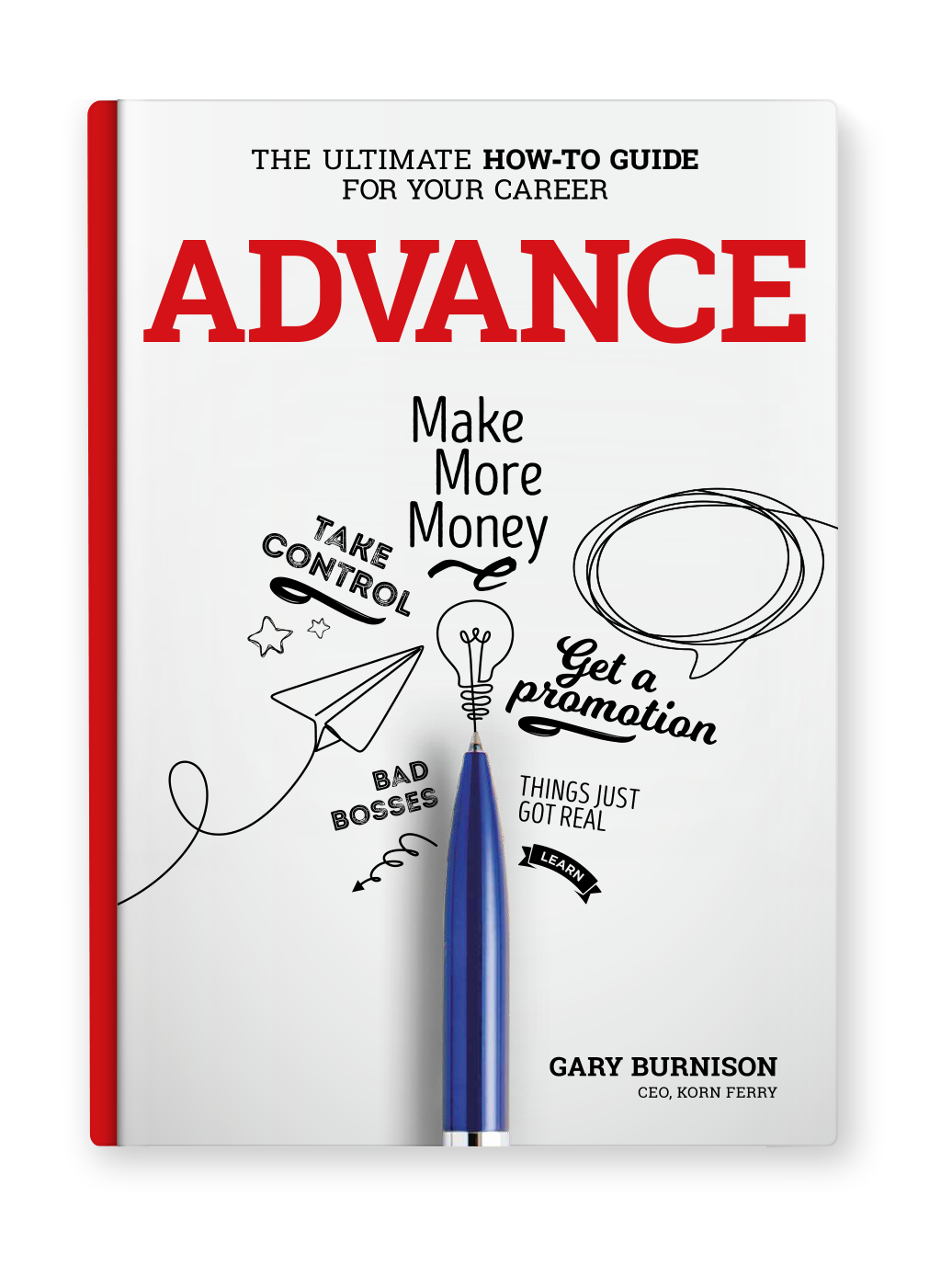Don't Be a LinkedIn 'Liar'
One in three LinkedIn users say their profile contains at least a few omissions.

It felt serendipitous. Vik, an associate at a consulting firm who was looking to expand the firm's media partnerships, had received a message from Jason, someone he'd met at a few industry events. Jason had a high-powered job at a large news network; he was reaching out to see if they could get lunch.
But Vik's excitement turned to confusion when they met. Despite what it said on his LinkedIn profile, Jason was no longer with the news network. In fact, he'd been let go six months before and was currently unemployed.
With more than 630 million users, LinkedIn is widely seen as the de facto resource for professional networking; it's the place hiring managers trawl daily to find potential hires and where some 63 million decision-makers turn when they get word to check out potential talent. Because of that, the stakes for users have become high, leading folks to "forget" updates, fudge job descriptions, or overstate their accolades. One in three LinkedIn users admits that their profile contains at least a few fibs, according to a survey by loan-education company LendEDU.
Part of the problem falls on the shoulders of LinkedIn, which doesn't police profiles for inaccuracies, except when a user flags a profile as dishonest. But it can cost you: according to a recent survey by job prep company Talent Inc., 84% of employers said that finding a lie-which can be interpreted many ways-in a job candidate's work experience would cause them to reconsider, if not immediately dismiss, the person. Here are the unwritten rules for walking the line between being transparent to a fault and still putting your best foot forward.
Update your profile within a few weeks of leaving.
If you've recently quit or been laid off, changing your headline can feel really vulnerable-like hanging a banner from your front porch that says "I'm unemployed." While small delays are understandable, if not helpful, waiting six months could come off as deceptive. "If recruiters need someone who can start quickly, an updated profile could mean the difference between being contacted or not," says Stacey Perkins, a career coach at Korn Ferry Advance. One way to get this message across-and to put your situation in a positive light-is using a line such as "Enjoying the ‘come what may' for now" or "Searching for new opportunities."
Don't suddenly be everybody's best friend.
Another tactic many recently unemployed folks or active job hunters take is to add a bunch of new contacts to their network all at once. While this seems like a good idea on the surface, it can backfire; notifications of Bob becoming friends with 30 people in one day could raise some eyebrows, particularly if your settings tell your entire network of new connections. And for the contacts you've just added, if you immediately pounce on them, any opportunity could feel too forced.
Make changes on a regular basis.
Even if you're not looking for a new job, updating your LinkedIn profile regularly can be a good thing, so long as you've changed your privacy settings so your contacts (which may include your boss) don't see your every tweak. Making small changes, such as replacing your current photo or updating your summary space, ensures that your profile shows up in searches, because out-of-date profiles don't rank as well. With a free account, you can see the number of profile views you're getting, but if you use LinkedIn Premium, you can see details about the people who viewed your profile, along with the keywords that brought them there.
While it's tempting to boast about what you've done, be aware of the fine line in the world of fudging: a good rule of thumb is to think about whether you could sit in a room with someone in front of you and tell them exactly what you put on your profile. If saying "I ran a large team" would make you feel uncomfortable-as it should-if you only had a team of two, that's a good barometer.
Include the right keywords.
It's important to remember that your LinkedIn profile is a web page that gets crawled and indexed like any other. If you're searching for a director role, for example, you need keywords in your profile that reflect that-even if it's a position that you've never held before. "The skills and competencies you list are more important than an actual title," Perkins says. "Make sure anyone searching knows what you've done and what you bring to the table."







